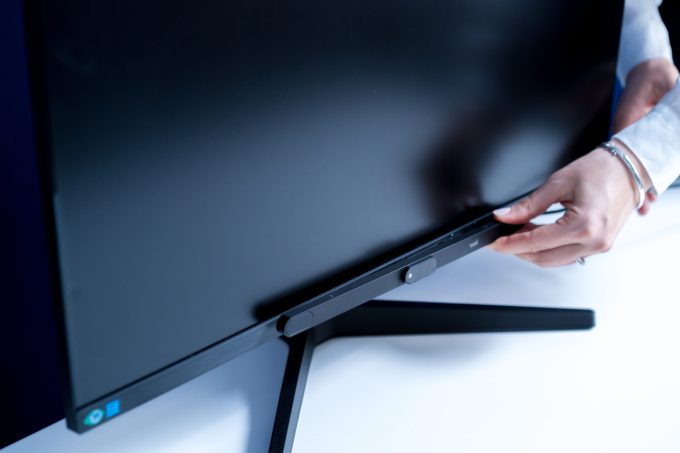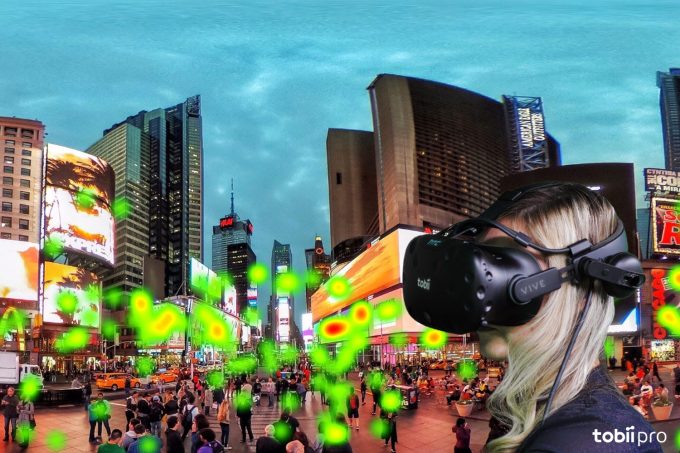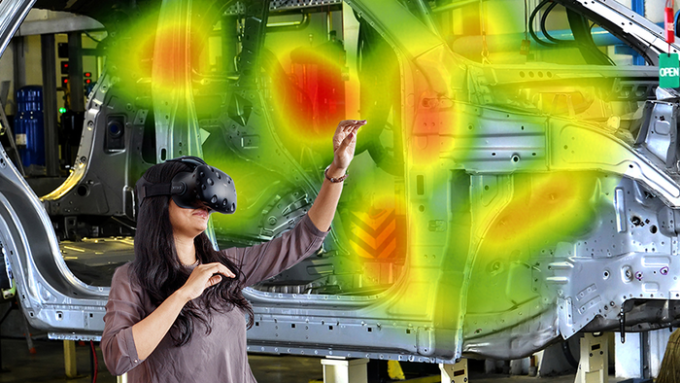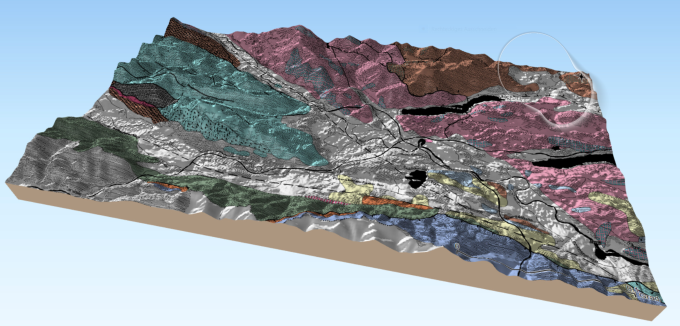Analysis and interaction
There are two main applications of eye-tracking: the analysis of ocular behaviors and gaze-based interaction.
The gaze is an unconscious modality that reflects our cognitive processes. Our gaze can be attracted by the environment (a movement, a bright color) or guided by our objectives (where are my keys?). Gaze analysis is thus widely used in marketing and ergonomics, but it also makes it possible to study and document the gaze strategies of expert operators, thus facilitating the transfer of expertise, training, and evaluation.
As an interaction modality, gaze tracking can be used to validate operational processes (e.g., semi-automatic validation of visual control points), and can be used as a natural complementary interaction for specific situations (e.g., automatic scrolling of a document, display of additional information of a viewed element).
What applications?
In addition to marketing and usability studies, the analysis of eye movements and gaze behavior offers a real interest in terms of expert skills transfer and performance evaluation. Indeed, expertise is characterized, among other things, in the difficulty of explaining certain behaviors that have become automatic.
By recording and analyzing the visual activity of an expert in his/her field, one can identify specific behaviors and strategies acquired over the years in the performance of various tasks. These strategies can then be understood, documented and used as skill transfer and training tool. Similarly, by measuring the eye behavior of a novice, it becomes possible to identify potential flaws in the performance of tasks, and thus optimize handling procedures.
Gaze interaction, on the other hand, can be a means of reducing cognitive load on users/operators during complex manipulations: for instance, automatic scrolling in a webpage or document, displaying additional information about an element when looking at it, or adaptating the interface to the point of focus. But the gaze, used here as a complementary modality, can also be the main interaction modality, for example in the validation of a visual inspection rountine in a maintenance task, by automatically checking if all the control points have been covered.
Points to know
The choice of eye tracker is important for a good integration of this technology. But above all, a rigorous analysis methodology is necessary to achieve reliable results. Eye tracking is not the answer to everything; but well implemented, this technique can provide solid, actionable and both qualitative and quantitative conclusions.
Eye tracking is also emerging in the industry as an interaction modality and is proving to be extremely promising as a complement to more traditional inputs (keyboard/mouse, touch).






